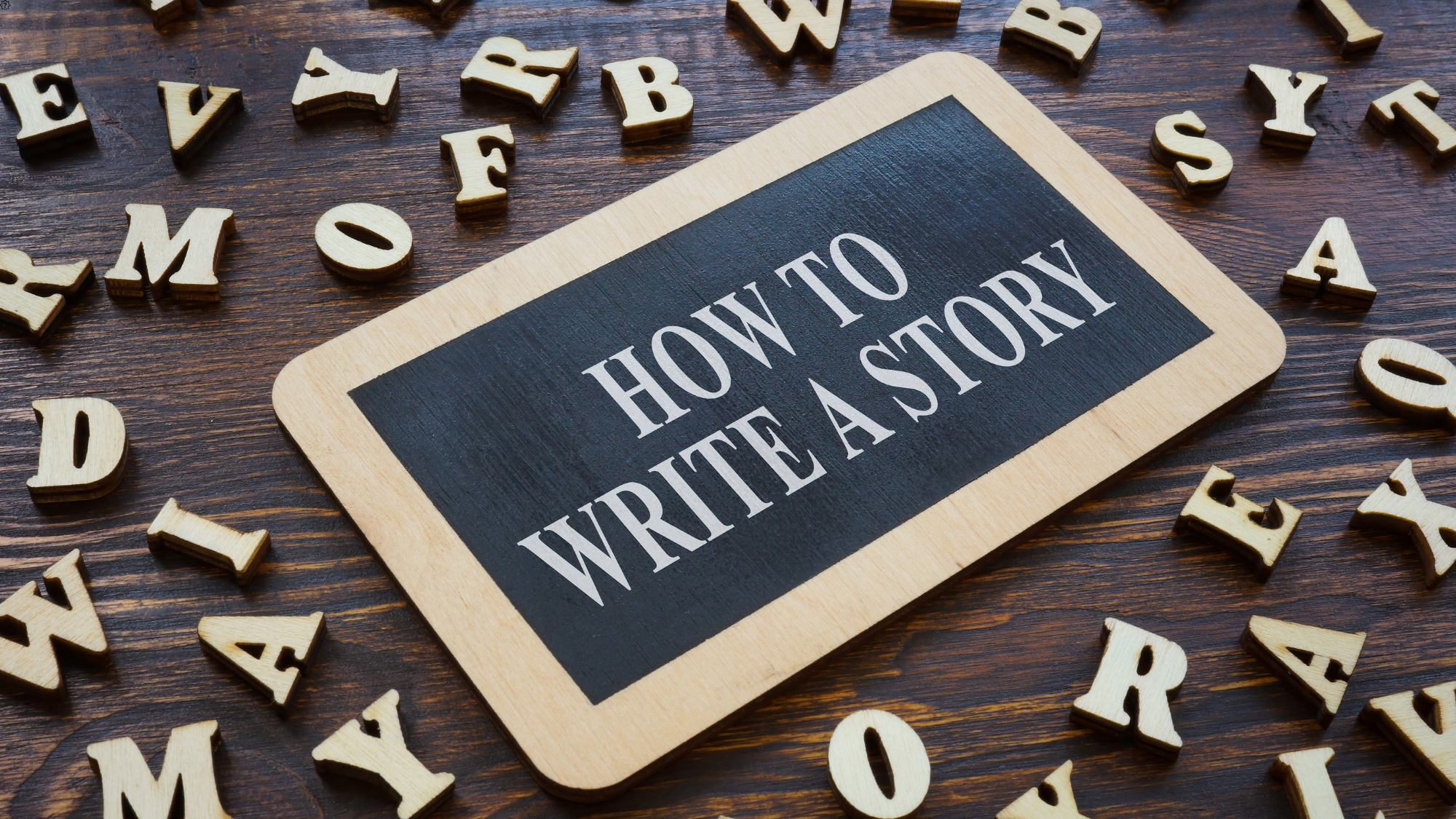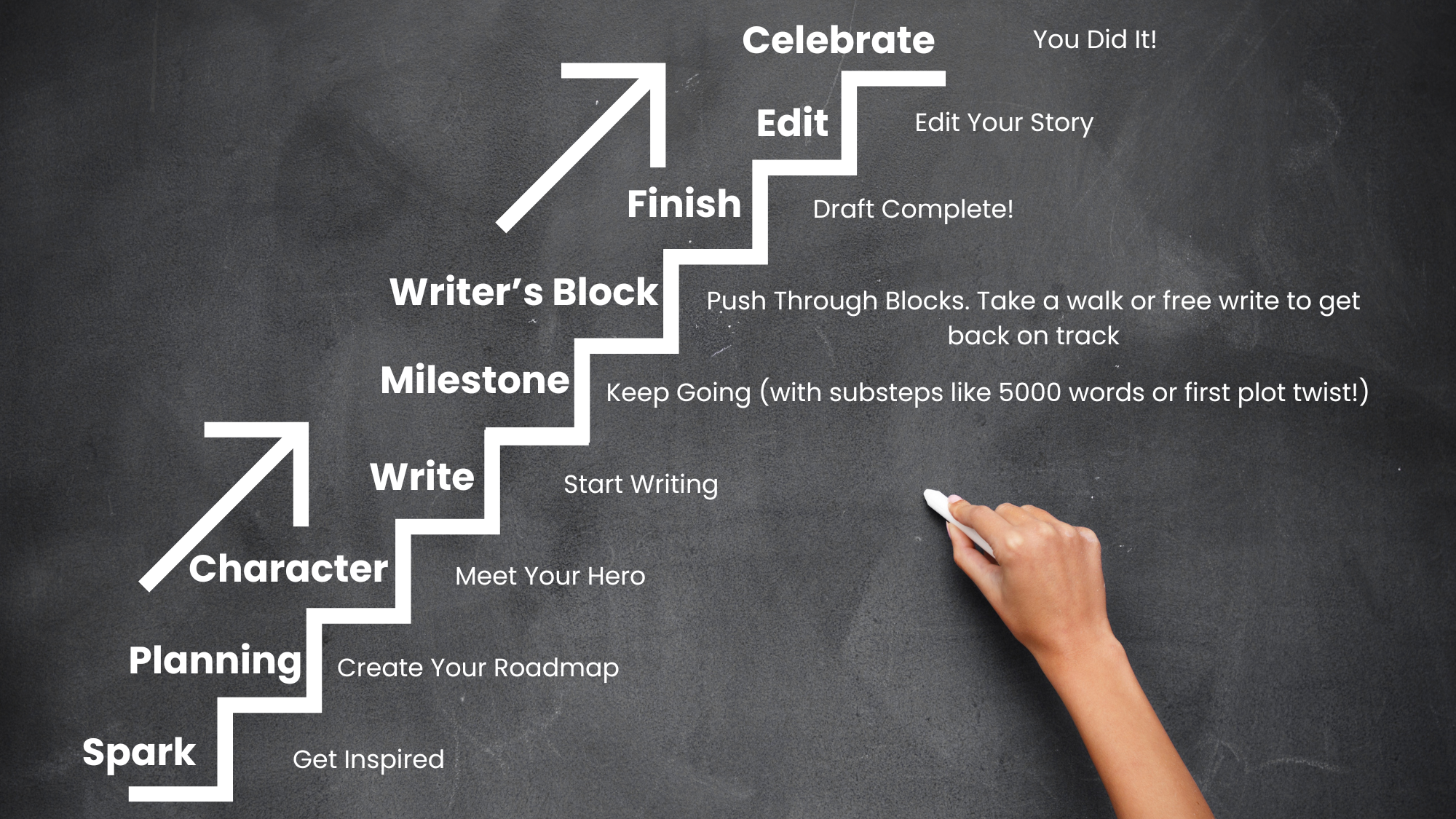How to Write a Novel for Beginners: The Complete Step-by-Step Guide (2025 Edition)
Welcome: You Can Write a Novel!
If you’ve ever dreamed about writing a novel but felt overwhelmed, lost, or not “qualified” enough to begin, you’re in the right place. I’m Brandon Rohrbaugh, a published author, content writer, and creator of the 30-Day First Novel Challenge. I’ve helped hundreds of first-time writers finish their books—and today, I’m going to walk you through exactly how to start (and finish!) yours.
Whether your goal is to publish, self-publish, or just finally tell the story in your heart, this guide will break down the process into simple, actionable steps. Plus, you’ll find free tools and resources to make your writing journey easier.
Section 1: Get Inspired—What’s Your Why?
Before you put pen to paper (or fingers to keyboard), take a moment to ask yourself:
Why do you want to write a novel?
Maybe it’s to share a story that’s been burning inside you. Maybe you want to inspire your kids, see your name on a bookshelf, or just prove you can do it. Whatever your “why,” hold onto it—it will keep you motivated through the messy middle and right to “The End.”
Pro Tip: Write down your reason and stick it somewhere you’ll see every day.
Section 2: Planning vs. Pantsing—Which Are You?
Writers often fall into two camps:
Plotters: Those who outline and plan before they start.
Pantsers: Those who “fly by the seat of their pants” and discover the story as they go.
There’s no right answer—most of us are somewhere in between! For beginners, I recommend a simple roadmap:
Start with a one-paragraph summary of your story idea.
List your main character, their goal, and what stands in their way.
Jot down 5–7 big events or turning points you imagine happening.
This light outline will keep you focused but still leave room for creativity.
Section 3: Creating Your Main Character
A great story starts with a memorable character.
Ask yourself:
Who is your protagonist? (Name, age, one interesting fact)
What do they want most?
What’s standing in their way?
Want a jumpstart? [Download my free Character Snapshot Worksheet here] to develop your hero and keep them consistent from chapter one to “The End.”
Section 4: Plot Structure Simplified
You don’t need a degree in storytelling to write a well-structured novel!
Here’s a super-simple version of the Three-Act Structure:
Act 1 (Setup): Introduce your character, their world, and the problem.
Act 2 (Confrontation): Things get harder. Obstacles mount. Your character struggles, grows, and learns.
Act 3 (Resolution): The big climax. Your character faces their toughest challenge, then we see the aftermath.
Example:
In Harry Potter and the Sorcerer’s Stone:
Act 1: Harry discovers he’s a wizard.
Act 2: He learns magic, makes friends, faces dangers.
Act 3: Harry confronts Voldemort and saves the day.
Section 5: Setting Up Your Writing Routine
Writing a novel isn’t about waiting for inspiration—it’s about showing up, even on tough days. Here’s how to set yourself up for success:
Choose a regular time and place to write. Even 15–20 minutes a day adds up.
Set small, achievable goals: “Write 300 words,” “Finish a scene,” “Outline a chapter.”
Use a tracker or calendar to keep your streak alive.
Remember: Progress is progress, no matter how slow. Celebrate every page you finish!
Section 6: Overcoming Writer’s Block
Photo by Cup of Couple: https://www.pexels.com/photo/a-man-resting-on-a-table-6632859/
Stuck? You’re not alone. Here’s how to get moving again:
Change your environment (try writing in a new spot or at a different time).
Skip to a scene you’re excited about—don’t force yourself to write in order.
Use a writing prompt. [Try my 25 Must-Try Prompts for Every Genre]
Talk it out with a friend, or take a short walk to reset.
Section 7: First Draft, Not Final Draft
Give yourself permission to write a messy first draft.
Nobody writes a perfect novel on their first try!
Your only job right now is to get the story down—you can always revise, edit, and polish later.
Section 8: Editing & Next Steps
Once you’ve finished your draft:
Take a short break (a few days or a week).
Read your story through, making light notes on what you love and what’s confusing.
Focus on big-picture changes first (plot holes, missing scenes, character growth).
Leave grammar and tiny fixes for later.
Want to go deeper? Check out my course, [30-Day First Novel Challenge], for step-by-step revision guides, printables, and community support!
Section 9: Free Download—First-Time Novelist Toolkit
Need more help?
[Download your FREE First-Time Novelist Toolkit here!]
Includes a character worksheet, simple outline template, and daily writing tracker—everything you need to keep going from page one to done.
Sign up below and get instant access—plus regular tips, tools, and writing challenges straight to your inbox!
Section 10: Related Resources
Also Read:
[Plotting Your Novel: Save the Cat vs. Three-Act Structure]
Section 11: Conclusion & Call to Action
Every published author started where you are—staring at a blank page, wondering if they could really do it. You can.
Take your first step today. Download the free toolkit, sign up for the 30-Day First Novel Challenge, and let’s make your story real—one page at a time.
What’s your #1 struggle with writing a novel? Drop a comment below or connect with me [here]—I read every message!
Ready to get started?
[Download Your Free Toolkit] | [Join the Course] | [Sign Up for More Tips]
With the right guidance, tools, and a little encouragement, you can write a novel—no matter where you’re starting from. Let’s get writing!


